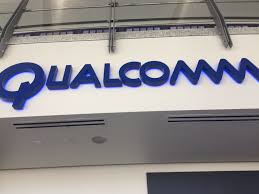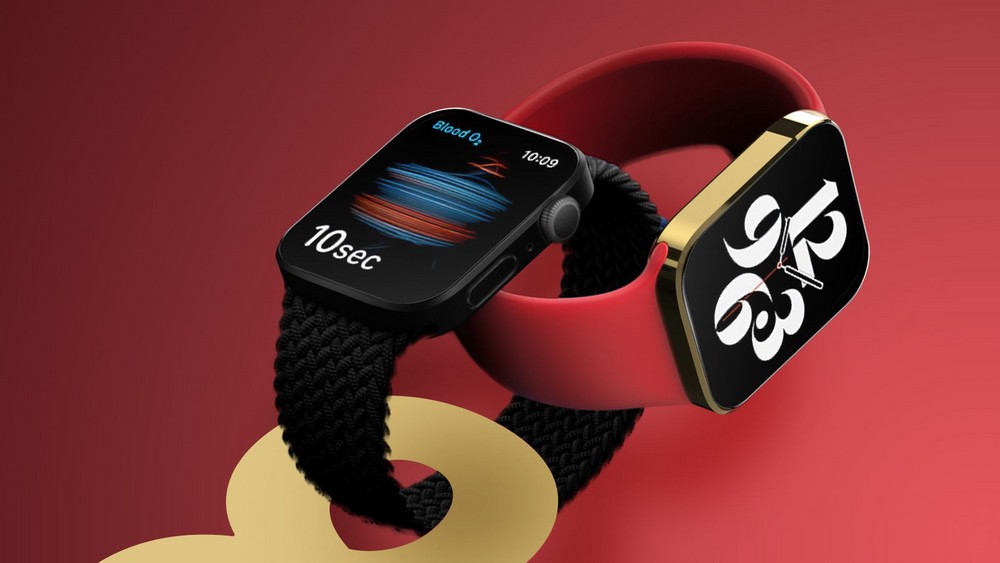With just a few weeks before the C-band auction is due to start on December 8, expectations for Verizon to go “big” during the event are as high as ever.
Verizon CEO Hans Vestberg, who hosted a sell-side analyst day last week, kicked off the Q&A part of the meeting saying they would not comment on the auction due to the FCC’s rules.
But until the quiet period kicked in on September 22, executives acknowledged their need for mid-band spectrum for 5G. “Certainly, look forward to providing an update on capital allocation when the auction is over,” Verizon CFO Matt Ellis said at the analyst meeting on Wednesday.
Verizon has raised $12.5 billion in debt ahead of the C-band auction, listing “the acquisition of spectrum licenses” among potential uses of the proceeds, wrote New Street Research analyst Jonathan Chaplin in a note for investors on November 11, titled “Verizon Builds War Chest For C-Band Auction.”
When adding this to cash on the balance sheet, “we estimate they have up to $24BN available to spend on the C-band auction,” Chaplin said. “That is $4BN more than the $19BN we assumed they would spend… Verizon is going to the auction well-armed.”
Big Red may not spend all of that in the C-band auction, but if they did, “it would suggest that they get more than the 110 MHz we had assumed, or the total proceeds end up higher with everyone spending more,” he added.
In a report today, analysts at Wells Fargo Securities said “VZ should go ‘Big’ at C-band spectrum auction.” They added that Verizon’s biggest issue is its lack of mid-band spectrum, where it has sub-6 GHz capacity per subscriber that is about one-fourth that of T-Mobile and about half that of AT&T.
“As a result, they will likely be by far the biggest spender at the C-band auction, where we expect they will spend ~22B in gross proceeds to procure 120 MHz of critically-needed mid-band spectrum. We presume that VZ will win the majority (~80 MHz) of the A-block spectrum clearing December 2021, which would enable it to begin broadening the coverage of high-performing 5G during 2022 and 2023,” they wrote.
Like other analysts, Wells Fargo notes T-Mobile will have a one- to two-year head-start using the mid-band 2.5 GHz spectrum that it acquired through the merger with Sprint. Still, even with all of its mid-band spectrum, T-Mobile is expected to participate in the C-band auction, but CEO Mike Sievert has predicted AT&T and Verizon are “absolutely going to kill each other over C-band” while T-Mobile takes a “disciplined” approach.
A couple months ago, analysts at Morgan Stanley Research raised their C-band mid-point auction forecasts from $23.5 billion in proceeds to about $26 billion, with their high-end estimates at $35.2 billion. The firm cited a relatively low turnout in the Citizens Broadband Radio Service (CBRS) 3.5 GHz auction as a catalyst, as well as improved macro environment and supportive credit markets. Their reasoning: The big carriers were saving their gun powder for the C-band auction.
RELATED: Analysts beef up C-band auction forecast to $26B – $35.2B range
There’s still a question about how much gun powder AT&T will have for the auction. In a report last month, analysts at MoffettNathanson said they don’t know the motivation for AT&T’s latest cost-cutting moves, but clearly, “AT&T is trying to sell almost anything that isn’t nailed down.” In addition: “It simply isn’t clear where AT&T will find the borrowing capacity to buy a competitive-sized block of spectrum,” wrote analyst Craig Moffett.
RELATED: AT&T’s debt hampers its C-band aspirations
Dubbed Auction 107, the C-band auction will offer 5,684 licenses across a total of 280 megahertz in the 3.7-3.98 GHz band. Incumbent satellite companies that are currently using the entire 500 megahertz in the band are moving to the upper 200 megahertz, or 4.0-4.2 GHz, of the band.













